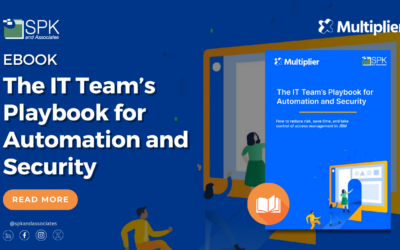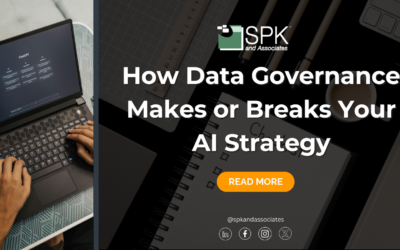Every system administrator’s worst nightmare is having a total disaster of their infrastructure systems. Disaster could take many forms, such as a natural disaster or even doing a physical move of a server and dropping the server, destroying it.
The goal when disaster hits is to bring back your infrastructure quickly and without data loss. So what’s the best way to achieve this?
Offsite Backup
In case of natural disaster, offsite backup is your biggest safety net for recovering your data. There are many ways to store your data offsite, either through a service — like DataSafe or Iron Mountain — or doing hourly, nightly, weekly, and monthly backups to an alternate site within your corporate infrastructure. If you don’t use a service for offsite backup, then restoring your data from that alternate site will be time consuming, but there should be very minimal data loss depending on how often you do backups.
Utilize Virtual Infrastructure Systems
A virtual machine infrastructure is a great way to recover quickly from disaster. If you lose a virtual machine host, you would need to just replace the server and then either restore your virtual machines from snapshot backups, or rebuild the virtual machine and then restore data to the system. In the grand scheme of things, downtime would not be too long and you’re back up and going. The only cost would be replacing the server. Imagine how much you save if you just had to restore 25 virtual machines vs. 25 physical machines!
Mirror Infrastructure At Alternate Site
This is the most expensive solution compared to the others, but in the case of disaster it is the absolute fastest way to get your infrastructure. The key with this setup is to mirror your data as frequently as possible. An hourly sync or even every 30 minutes is recommended. If you do not have a fast WAN connection, daily syncs are the absolute minimum you can do without losing too much data. In the case of disaster, you switch the network to the alternate mirror site and your infrastructure is back up and going with little or no data loss.
Disaster recovery can be very painless if you follow proper backup procedures and make a plan for disaster. Depending on where your systems are kept, it could be a matter of when, not if. Do you have any tips for fast disaster recovery? Leave your thoughts in the comment section!
Next Steps:
- Contact SPK and Associates to see how we can help your organization with our ALM, PLM, and Engineering Tools Support services.
- Read our White Papers & Case Studies for examples of how SPK leverages technology to advance engineering and business for our clients.
Bradley Tinder
Systems Integrator
SPK & Associates







